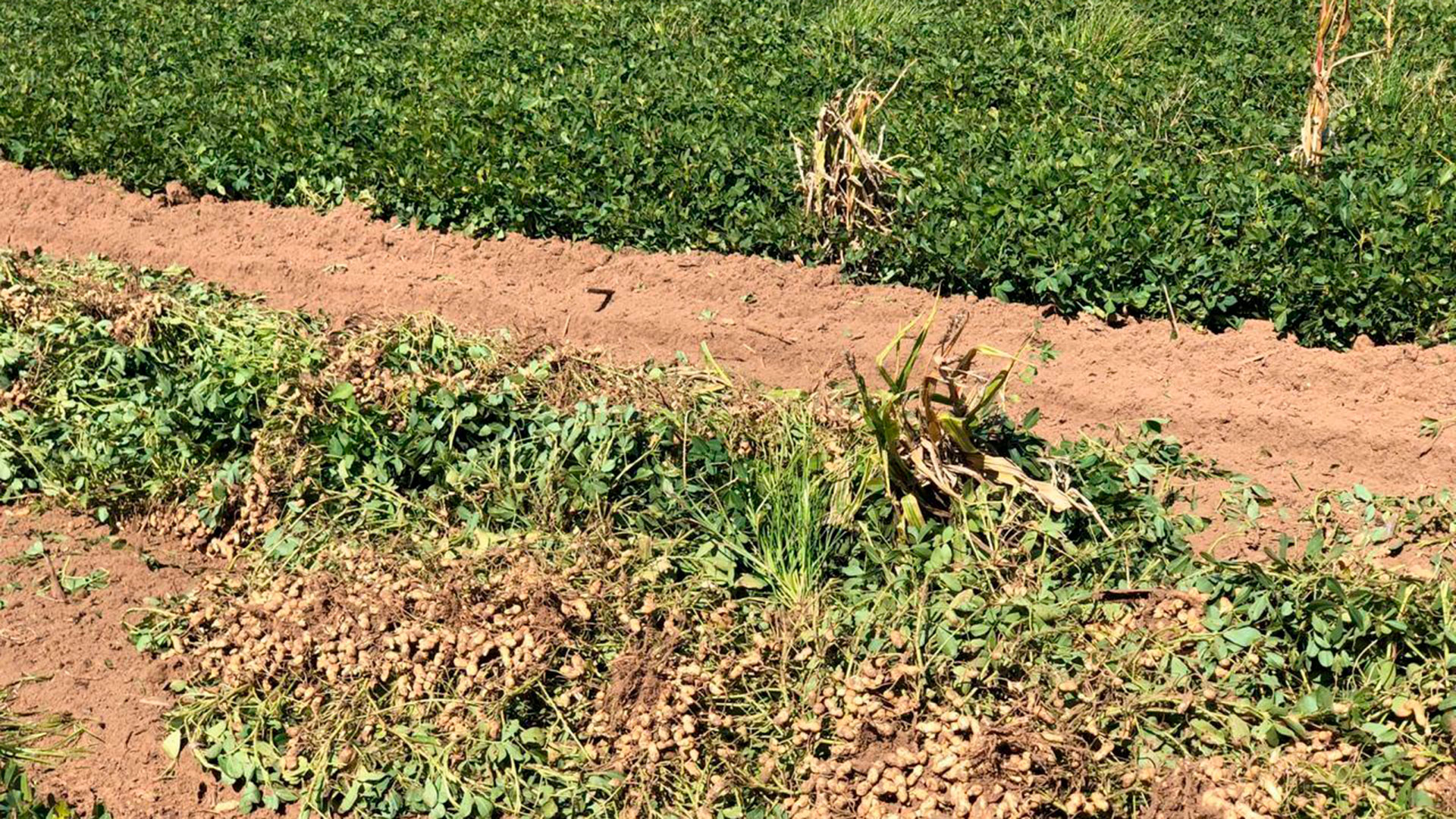Through two decrees to be published after midnight in the Official Gazette, the Government will start the third version of the “Export Increase Program”, better known in its previous versions as “soybean dollar” 1 and 2, now included in a call “agro dollar” which, in addition to being valid for soybeans until May 31, will be valid for regional economies until August 30, in order to accommodate the calendars of the different productions.
The decrees confirm that the exchange rate for exporters will be $300 per dollar, sets the deadlines for currency settlement and payment of withholdings and other taxes, ratifies that adherence to the program is “voluntary”, but on condition of meeting conditions , such as adherence to the price programs of the Secretary of Commerce.
On the other hand, one of the articles of the second decree, 194, which establishes the soybean dollar and the agricultural dollar, establishes that a proportion of the sums that the State receives as export rights will be used to finance “Programs that have as an object to attend to the negative effects of the drought”. That is, part of the proceeds will go to a relief fund.
One of the decrees highlights that more than 173 million hectares of the Argentine countryside “are in drought conditions”, of which 11.4 million correspond to agricultural crops and 24.3 million are dedicated to bovine production.
On the other hand, it is expected that the Ministry of Agriculture, the Federal Administration of Public Revenues, Banco Nación, the Ministry of Domestic Trade and the National Securities Commission, issue the complementary, explanatory and operational regulations necessary to make the decrees operational.
Both decrees bear the signature of the president Alberto Fernandez, the chief of staff, Augustine Rossiand the Minister of Economy, Sergio Massa.
The first, decree 193, of barely 7 articles (the last three, in form) has to do with exemptions, suspensions of trial and measures in the framework of the agricultural emergency as a result of the drought that devastated the Argentine countryside and drowned economically to many producers.
In its recitals, the decree highlights that more than 173 million hectares of the Argentine countryside “are in drought conditions”, of which 11.4 million correspond to agricultural crops and 24.3 million are dedicated to bovine production. In addition, the decree says, what is described as a “severe” drought increased by 19 million hectares compared to previous forecasts.
The report specifies that in the Argentine Northwest region (NOA) the drought affected soybean, corn and sugar cane crops and livestock for 30 months; it “strongly” affected livestock in Northeast Argentina (NEA), with water supply problems for animal drinking and impact on summer crops and fruit trees, for 32 months; it affected late and early crops in the Central region, with an impact on horticulture, fruit trees and farm animals for 16 months; in Patagonia it led to a decrease in pastures and an increase in fires for 8 months and in Cuyo it affected livestock and led to low dike levels and restrictions on irrigation water for 24 months.
After this description of the intensity, scope and duration of the drought, in its first article the decree authorizes the AFIP to implement a mechanism to classify taxpayers of the agricultural-livestock activity with activity “in an emergency and/or disaster zone drought” so that they receive the benefits listed in the second article. This includes the suspension until the next productive cycle after the end of the emergency period and/or agricultural disaster due to drought, of the initiation of tax execution lawsuits and precautionary measures.
The course of procedural terms and tax executions “for the collection of taxes owed initiated after February 1, 2023 inclusive” are also suspended. This article also stipulates that “if, within the framework of said processes, embargoes had been placed on funds and/or securities of any nature deposited in bank, non-bank or payment accounts, or the judicial intervention of cash had been carried out”, the AFIP “It must arbitrate the pertinent means for the lifting of the respective precautionary measure, without transferring the amounts actually seized, which will remain at the disposal of the taxpayer.

Article 2 also suspends “until the end of the productive cycle following the one in which the state of emergency and/or agricultural disaster ends” the obligation to pay advances corresponding to taxes on Income, Personal Assets (…) whose maturities would have been set between February 1, 2023 and the end date of the period of validity of the state of emergency and/or disaster.
In addition, it defers “until the end of the productive cycle following that in which the state of emergency and/or agricultural disaster due to drought ends” the obligations to pay sworn statements (…) corresponding to income taxes, although it clarifies that this The benefit does not reach “the tax obligations in respect of which the taxpayers act as substitute responsible”.
Article 3 provides that the beneficiaries mentioned in the first article “may deduct from the income tax balance 100% of the benefits derived from the forced sale of cattle, sheep, goat or pig farms” and the fourth entrusts the AFIP to implement easy payment plans of up to 48 equal and consecutive monthly installments to the beneficiaries, “applicable for the total or partial cancellation of all taxes and social security resources, including interest, fines and other sanctions. There are also some limitations here, since “debts originated in contributions and contributions destined to the National Social Work Regime and the corresponding quotas to Occupational Risk Insurers (ART)” are excluded.
As a complement, article 5 provides that the Ministry of Agriculture, Livestock and Fisheries, in charge of Juan José Bahillo, “will issue the necessary regulations for the application of this decree”, while articles 6 and 7 provide for the entry into validity of the decree from its publication in the Official Gazette and the aforementioned communication and publication by the Official Gazette.
The second decree, 194, restores the “Export Increase Program”, this is the “soybean dollar” released by the government in September 2022, which this time extends, as an “agricultural dollar” to a set of regional economies, although It still does not specify which ones, which will surely provide a resolution for the Bahillo area. The government remarked there that “the increase in the supply of foreign currency contributes to alleviate the negative impact on local imports of the rise in fuel and energy prices that severely affects the availability of foreign reserves” and in its first article it establishes “of in an extraordinary and transitory way” the export incentive, of voluntary adhesion “for those subjects who have exported at some point in the 18 months immediately prior to the entry into force of this decree.” In the case of soybeans, the application will be until May 31, but with the obligation for those who adhere to settle the currencies no later than May 31, 2023 inclusive, “including the assumptions of pre-financing and / or post-financing of exports from abroad or a liquidation advance”.

In addition, the beneficiaries of the soybean dollar must pay at least 20% of the corresponding rights and taxes (such as withholdings) in April and the remaining 80% in the following two months “in equal parts, not being able to exceed said term, in no case. case, on June 29, 2023, inclusive.”
As for the regional economies, Article 8 provides for the “extraordinary and temporary extension of the aforementioned Export Increase Program” that have registered exports in the 18 months prior to the entry into force of the program. As for soybean producers and exporters, adherence to the “regional” leg of the export incentive is voluntary and will also force “to comply with the price agreements for the local market” established by the Economy through the Ministry of Commerce.
Article 12 confirms that the value of the dollar for exporters of both soybeans and regional productions will be 300 pesos and also sets a limit, on August 31, to the settlement of the corresponding currencies.
Keep reading:
